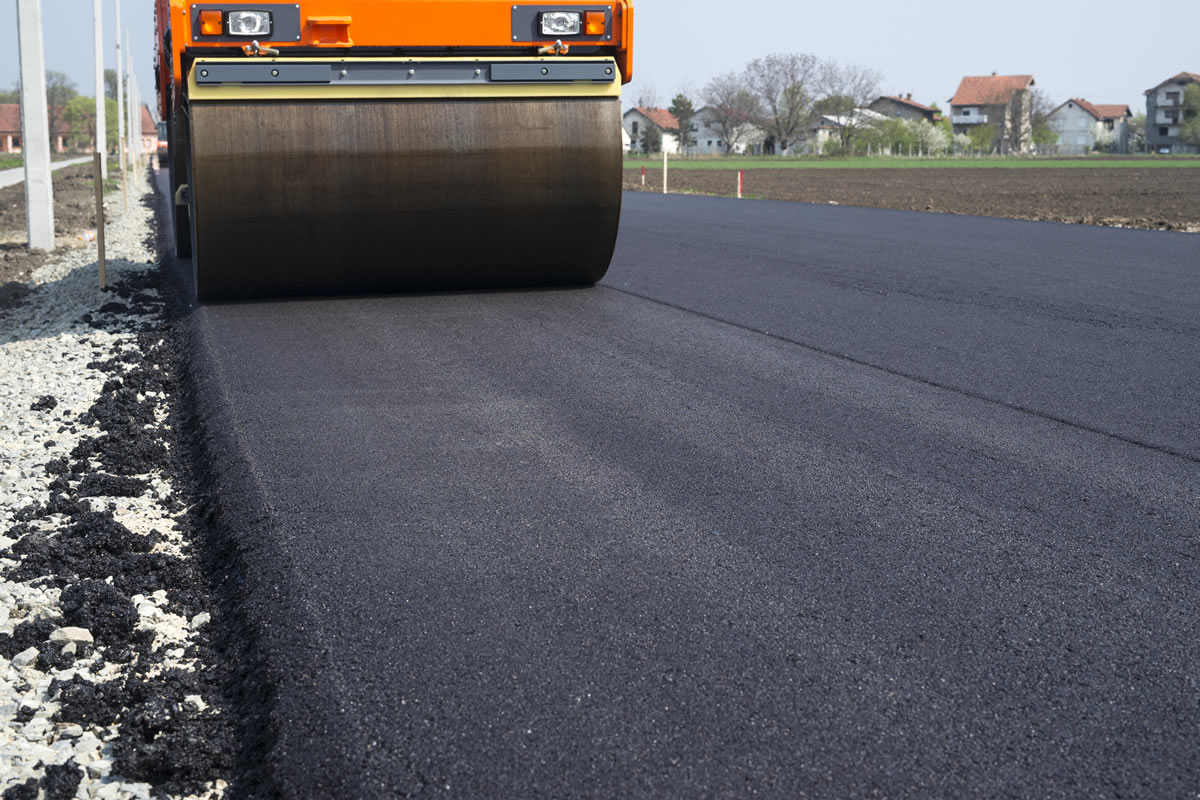
Asphalt's durability and value for cost make it a favored choice for parking areas, driveways, and streets. However, climate, aging, neglect of maintenance, high traffic loads, or even inadequate site preparation may all lead to problems from time to time. Here our experts on asphalt paving in Orlando offer a look at some of the more typical asphalt paving problems, their causes, and how to repair them.
You can prolong the life of your asphalt pavement by conducting routine preventative maintenance. These steps include keeping the pavement surface free of debris, regular sealcoating, and repairing problems as soon as you detect them. But before you can rectify an issue with asphalt pavement, you must understand what they include. Here are a couple of common asphalt paving problems, their causes, and how you can resolve them.
Raveling is the deterioration of asphalt as particles dislodge from the pavement surface. This corrosion results in irregular surfaces and accumulated loose debris or standing water.
Have you ever wandered through a parking lot and witnessed loose gravel and grit? If so, you have probably seen raveling firsthand. Raveling is the disintegration of pavement via the loss of asphalt and gravel. Over time, the asphalt thickness declines, and loose gravel chafes the remaining pavement. Once gravel infiltrates the asphalt, water oozes in and worsens the problem. Raveling often leaves you with an uneven surface (which is a significant trip hazard!) and standing water.
The first phase in repairing a raveled asphalt surface is to clear all loose material. Next, use a simple asphalt patch if the raveling is confined to a small area. If you have extensive raveled areas of asphalt, this indicates general asphalt failure. When this occurs, the best long-term strategy is to remove the impaired pavement and overlay it with fresh asphalt. This will demand the services of a paving professional.
Depressions in asphalt are typically provoked by inadequate compaction during the paving installation. Depressions are low spots in the pavement that do not infiltrate the asphalt paving. If not resolved quickly, the moisture and debris typically collected in depressions can wear down the asphalt surface and deplete its integrity.
A temporary repair for minor depressions is a straightforward asphalt patch on your existing pavement. However, patching does not solve the underlying issue of poor compaction, so the impacted area may continue sinking. Permanent restoration of asphalt depressions demands that the affected area is removed, the poor subgrade is replaced, and a full-depth patch is applied over the restored subgrade.
We hope this post helps you understand these asphalt issues and how to restore them. If you need assistance with pavement repairs, sealcoating, or asphalt paving in Orlando, give us a call. We are here for you!